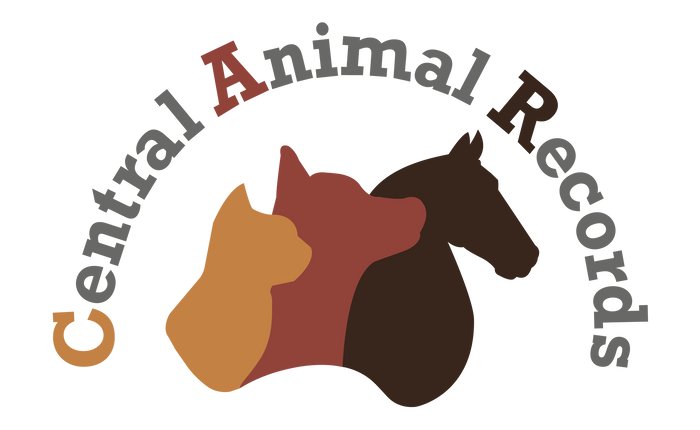VIPet Monthly Newsletter (Issue 6)
Summer Heat Safety

(1) Heatstroke Safety
On hot or humid summer days, be aware of the risk of heatstroke for your pet and take precautions to keep them comfortable and safe.
Heatstroke is when your pet’s body gains more heat than their natural cooling mechanisms (such as panting) can cope with, causing their body temperature to rise above normal safe levels. This overheating can trigger a cardiovascular shock state in your pet and can cause potentially fatal damage to organs, such as the brain, kidney, liver and heart.

Some animals have a naturally higher risk of heatstroke, due to a reduced ability to cool themselves down. Pets at risk include:
- Snub-nosed dog or cat breeds such as Pugs, Bulldogs or Persians – these breeds generally have narrower airways, meaning they can’t pant as effectively.
- Thick-coated breeds such as Huskies and Golden Retrievers.
- Pets with pre-existing airway issues, such as elderly Labradors with laryngeal paralysis.
- Overweight pets.
- Very active pets.
To keep your pet safe this summer:
- Ensure they always have access to generous shade and cool water.
- Only exercise your pet in the cooler early morning or evening and stop if they seem to be panting a lot.
- Never leave your pet in a hot car – for your pet to be in the car safely, they require the air-conditioning to be running and adult supervision.
- If you have an at-risk pet, as mentioned above, keep them indoors with a fan or air-conditioning in temperatures more than 28°C or if it is very humid.
Signs of heatstroke can include heavy panting, darker red gum colour, excessive drooling, mental dullness, and inability to stand. If you think your pet may be developing heat stroke, gently soak them with cool (not cold) water, and then (without drying them), drive them to a veterinary clinic immediately for urgent care after contacting them to make sure a vet is available.

